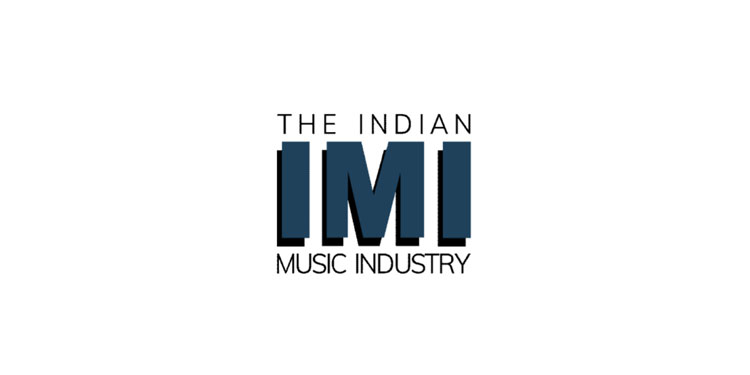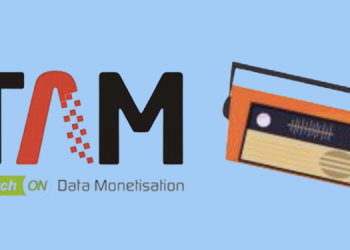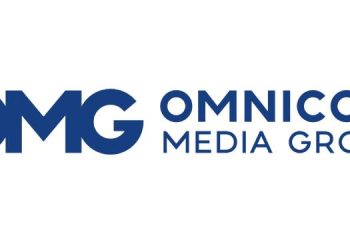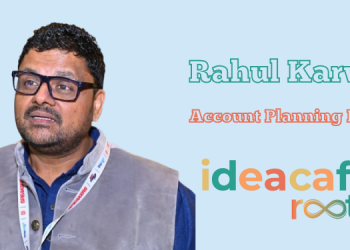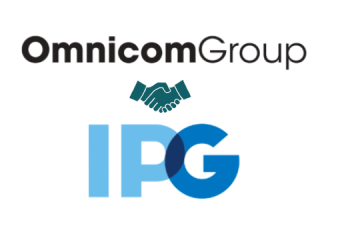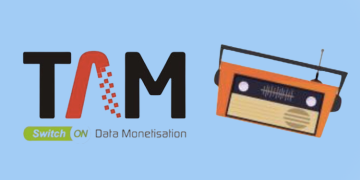September 30th will mark the end of a 10-year era where the Copyright Board fixed a royalty rate under Compulsory Licensing for Private Radio Broadcasters payment to music labels whose Radio licensing mandate at that time was with PPL. This rate was fixed at 2% of the net advertising revenues of the private radio broadcaster, for radio broadcast of sound recordings. The rationale of the extremely low rate was that the private radio industry was in its infancy stage. Today the radio industry turnover is pegged at Rs 3100 cr vis-å-vis the recorded music industry in India turnover at Rs. 1277 crore.
Members of The Indian Music Industry, aka IMI, the apex body that represents the trade and economic interests of the recorded music industry have noted with interest the interim progress that has been made based on public filings of a few major radio broadcasters where the royalties paid by them to the entire music industry for sound recordings averages around 5% to 7% of their net advertising revenue in the past 3 years. This includes the monies paid to the music labels whose radio licensing was done by PPL and those labels who were licensing directly.
Says Mr. Kumar Taurani Managing Director Of TIPS “it is gratifring to note that the valuation accorded for sound recordings by the radio broadcasters is way above the 2% benchmark, there is hope for us to reach an accord with the radio broadcasters and avoid unwarranted litigation.”

G B Aayeer MD PPL which represents a cluster of micro and small labels say –If the royalty rates are not in par with today’s market realities there is every likelihood of these micro and small labels going out of business. This cluster of labels besides being employment generators are the custodians of our music culture. For sustenance the royalty rate should pegged at 7% of net advertising revenue and the law should ensure that there is no disparity in the market place where some labels who are not covered by the court ruling get a higher royalty rate and those covered under a court ruling are getting a lower rate.”

“Free market economics is a win-win situation for all stakeholders. I am optimistic that we will be able to sign a voluntary license with the radio broadcasters. We have a rich and diverse repertoire cutting across the whole country and melody that cuts across all age, fair value is our only ask from the radio broadcasters” says Vikram Mehra, MD, Saregama.
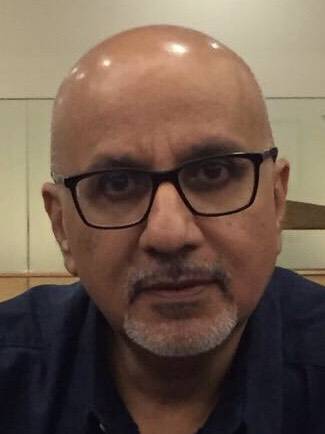
“India is fast becoming a key player in the global music industry. Music from home-grown artists is finding increasing success across the world, whilst global artists are discovering new fans and more opportunities here in India — all of which has encouraged more investment and growth in the country’s creative economy. As such, we hope to see fair value remuneration for the content of domestic and international artists on all platforms, including Radio, to help drive growth and realise the ambition of making India a top 10 market globally.” says Rajat Kakar, MD, Sony Music India
“Music Content is the fuel that drives the radio broadcast industry, a benchmark is TV spends around 20% of its budgets on content creation and the risk lies at the TV networks doorstep. Unlike in radio broadcast the risk lies with the labels and radio stations cherry-picks the hit songs and every green song, given that this is a risk-free model the label revenue pool from radio broadcasters for the recorded music industry should be around Rs. 300 cr per year that will be the ATMANIRBHAR moment of our recorded music industry “ said Blaise Fernandes President of IMI.

